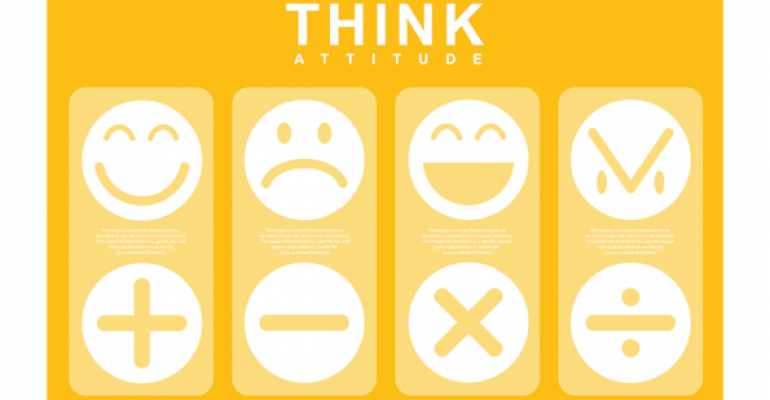While I'm sure most planners build much of their meeting around the mood they're trying to create with their program, especially when it comes to set designs, AV, food and beverage, and entertainment, not to mention speakers. But did you know that you can extend that effort all the way to your attendees' experience outside of the meeting walls by selecting a site that will match that mood? And do it semi-scientifically to boot?
Because, in fact, now you can, sort of. Psychologist Jason Rentfrow of the University of Cambridge in the U.K. and his team have pulled together reams of data collected over 13 years from almost 1.6 million people in the 48 contiguous U.S. states and Washington, D.C. (they didn't get enough responses from folks in Hawaii and Alaska to include them in the study. The result, which was published in the Journal of Personality and Social Psychology, was a mood map of the U.S. that shows which states are most neurotic, or open, or friendly and conventional, or relaxed and creative.
Click through to this Time article on the project to see how the country in general lays out, though there aren't any big surprises there, with the Midwest being most friendly and conventional, the Western region being most relaxed and creative, and the Eastern Seaboard being the most temperamental and uninhibited. But some of the state-by-state stats aren't what you'd expect.
Even more fun, you can take a short version of one of the tests the researchers used to see which state best matches your state of mind (I'd hesitate to try to use it to characterize a group of attendees, though, since I'm sure you get the full gamut in every meeting). Or you can take the full test here.
Who knew I was an Oregonian at heart? Now I have to visit that state, one of the few I have yet to see for myself!


